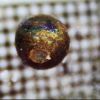ASTEROID FLORENCE APPROACHES EARTH0
- From Around the Web, Space
- September 1, 2017
Asteroid 3122 Florence is approaching Earth for a 7 million km close encounter on Sept. 1st.

Asteroid 3122 Florence is approaching Earth for a 7 million km close encounter on Sept. 1st.
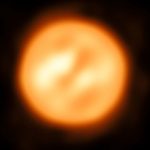
An international team of astronomers from Chile and Germany has managed to capture an image of unprecedented detail of another star — that isn’t the Sun — the red supergiant star Antares. The team has also made the first map of the velocities of material in the atmosphere of a star other than the Sun, revealing unexpected turbulence in the extended atmosphere of Antares.
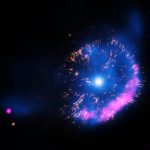
It’s an explosive detective story.
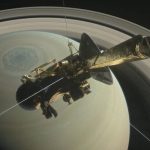
NASA’s Cassini spacecraft is 18 days from its mission-ending dive into the atmosphere of Saturn.
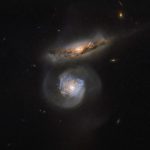
The NASA/ESA Hubble Space Telescope has produced a remarkable new image of a pair of interacting galaxies known as NGC 5765.
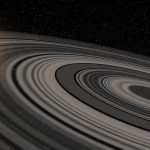
KIC 8462852 (aka. Tabby’s Star) continues to be a source of both fascination and controversy.

SpaceX’s Falcon Heavy launch, Blue Origin and Virgin Galactic’s upcoming space tours, and NASA’s plans for the ISS make it clear there’s a lot going on with regards to space, and NASA’s Acting Administrator couldn’t help but noticed.
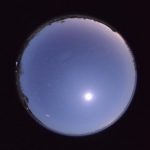
The Phoenicid meteor shower (named after the constellation Phoenix) was discovered by the first Japanese Antarctic Research Expedition on December 5, 1956, during their voyage in the Indian Ocean. However, it has not been observed again. This has left astronomers with a mystery: where did the Phoenicids come from and where did they go?
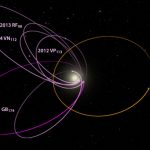
Are astronomers being misled by the quirky alignment of orbits that they’re finding in the distant Kuiper Belt?
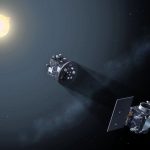
Due to launch together in 2020, the two satellites making up Proba-3 will fly in precise formation to form an external coronagraph in space, one satellite eclipsing the sun to allow the second to study the otherwise invisible solar corona.



